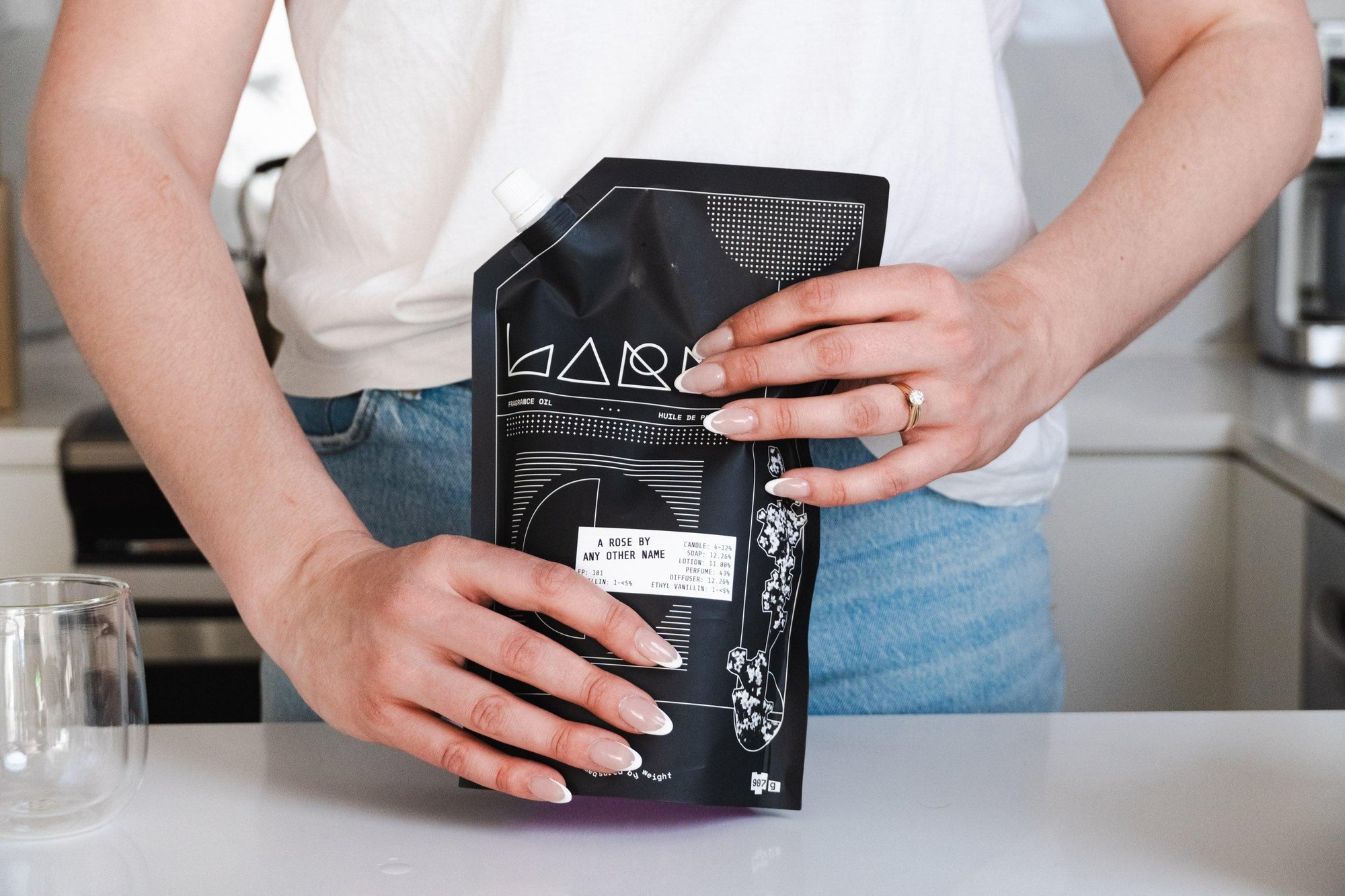

Why Fragrance Oils Perform Differently in Every Product
Fragrance oils are the backbone of any scented creation, from candles to bath bombs to luxurious perfumes. But have you ever noticed how a fragrance oil that smells amazing in one product might not translate the same way in another? The same fragrance can behave in surprisingly different ways depending on the medium it’s used in. Let’s break down why this happens and how you can make the most of your fragrance oils across all your creations.
The Role of Base Ingredients
The composition of the base product has a huge impact on how a fragrance oil performs.
- Candles: Waxes, whether soy, paraffin, or coconut, can enhance certain fragrance notes while muting others. The type of wick used can also impact how the scent throws when lit.
- Soaps: In cold or hot-process soaps, the saponification process can alter or even eliminate delicate top notes, often emphasizing warmer or more grounded base notes.
- Lotions and Balms: Oil-based products often create a subtler scent as the fragrance mingles with emollients like shea butter or coconut oil.
- Perfumes and Sprays: Alcohol-based products like perfumes and room sprays allow for a more vibrant and sharp scent because alcohol evaporates quickly, carrying the fragrance into the air.
Heat and Temperature Transform Everything
Heat is both a friend and foe to fragrance oils.
- In candles, the melting wax releases volatile fragrance compounds, creating a stronger scent throw.
- In soap-making, high temperatures during curing can either intensify certain notes or cause lighter, more delicate notes to dissipate entirely.
- In balms or creams, heat from the skin can bring out different elements of a fragrance than you’d experience in the jar.
Absorption, Retention, and Throw
The type of product you’re making also determines how well the fragrance holds and releases over time.
- Porous materials, like bath bombs or clay masks, tend to absorb fragrance unevenly, leading to varied scent experiences.
- Dense or creamy products, like body butters, allow fragrances to linger closer to the skin for longer-lasting effects.
- Products designed to be rinsed off, like soaps or scrubs, might need a higher fragrance load to leave a noticeable scent behind.
Solubility and Dispersal
How well a fragrance oil disperses in a product depends on its compatibility with the medium.
- Water-based products, like mists or sprays, require emulsifiers or solubilizers to evenly distribute the scent.
- Oil-based products don’t have this issue but might feel heavier or less vibrant compared to water-based applications.
- Alcohol-based perfumes tend to amplify top notes and create a lighter, airier scent.
Tips for Success
Making fragrance oils perform beautifully in every product is part science, part art. Here are some tips to ensure your products shine:
- Test Across Mediums: Don’t assume a fragrance oil will smell the same in a candle as it does in a lotion. Small test batches are key to understanding how it behaves.
- Adjust Fragrance Loads: The recommended percentage of fragrance oil varies greatly by product. For example:
- Candles/Wax: 4–12%
- Soaps: 3–5%
- Lotions: 1–3%
- Know Your Materials: Learn how your wax, base oils, or carriers interact with fragrance. This understanding will help you predict how the scent will come through.
- Consider Usage Limits: Always check IFRA guidelines for safe usage levels for the intended product type.
Why It Matters
As a small business owner, creating consistent and memorable products is crucial for building customer trust and loyalty. By understanding how fragrance oils interact with different mediums, you can avoid costly mistakes and craft products your customers will love.
At Lark Artisan Supply, we’re here to support your creative journey with high-quality fragrance oils, IFRA compliance details, and a community of makers who share tips and inspiration.
